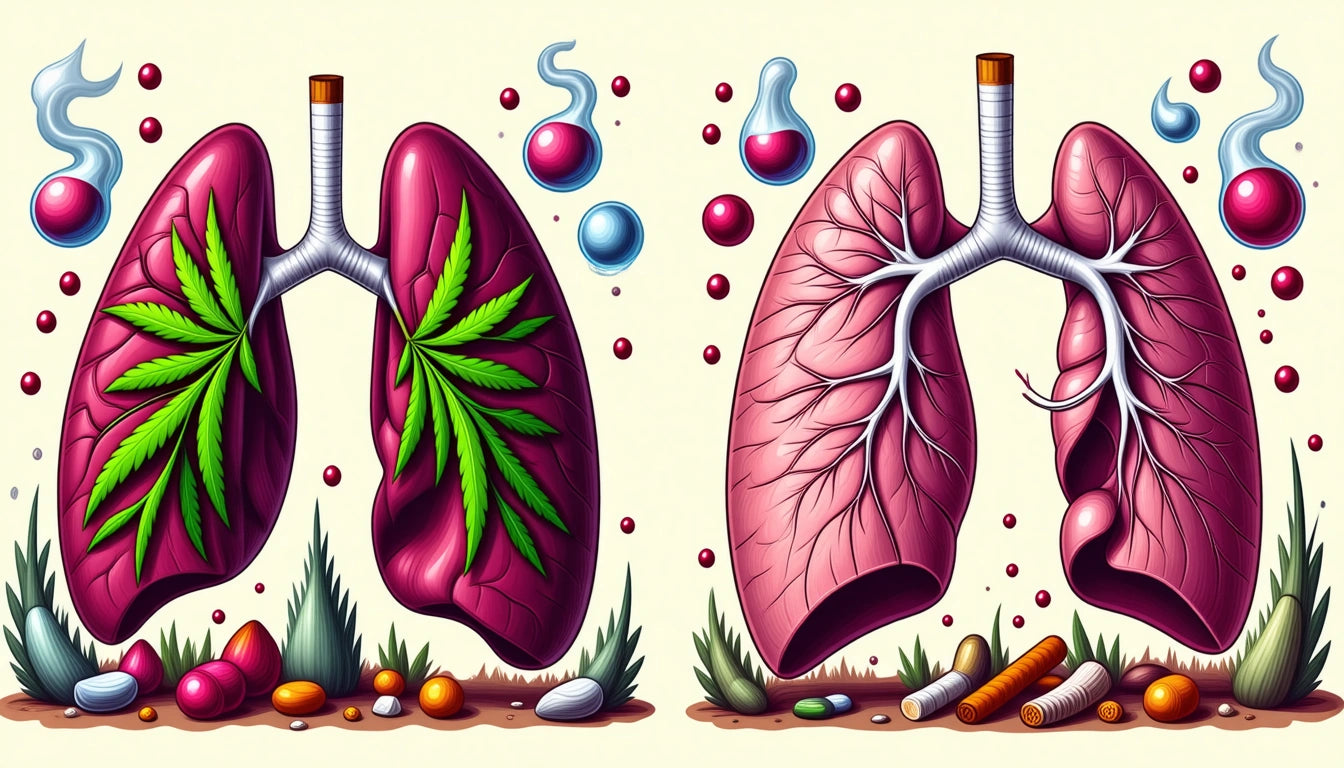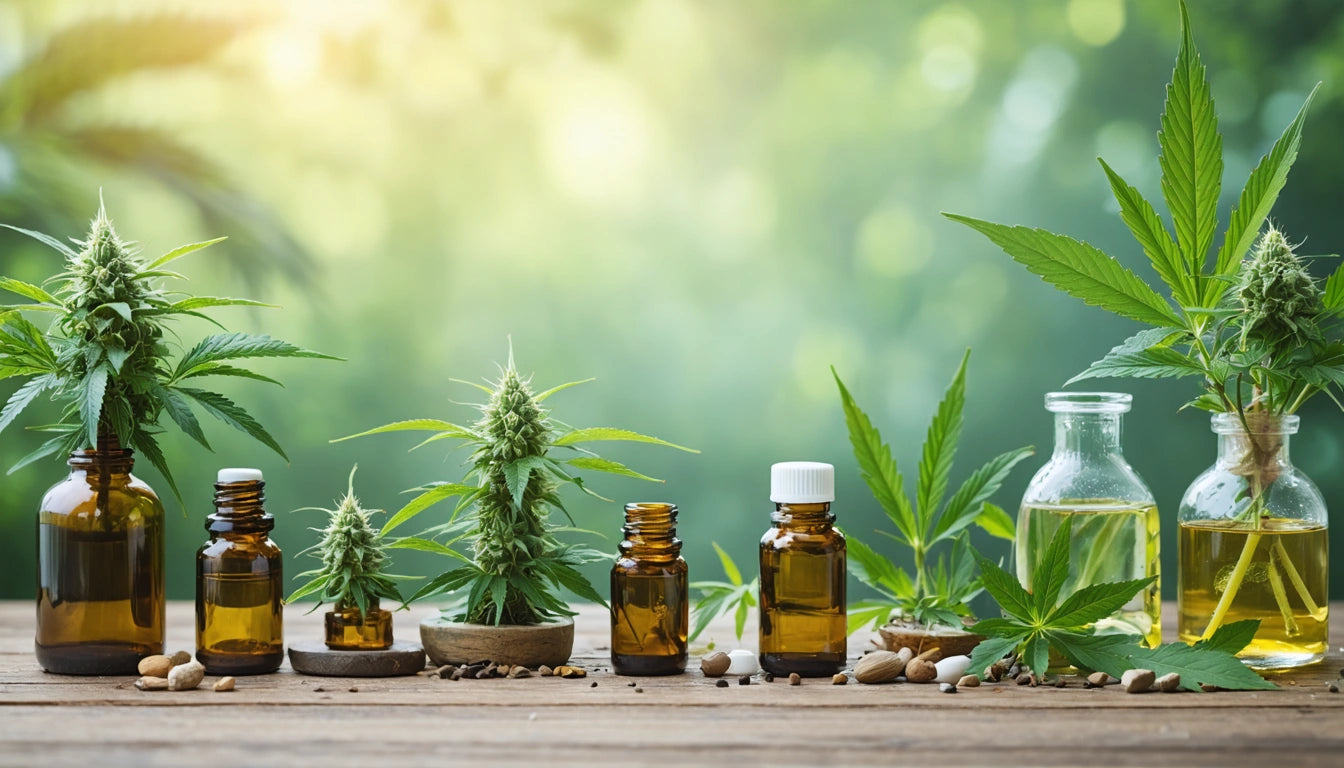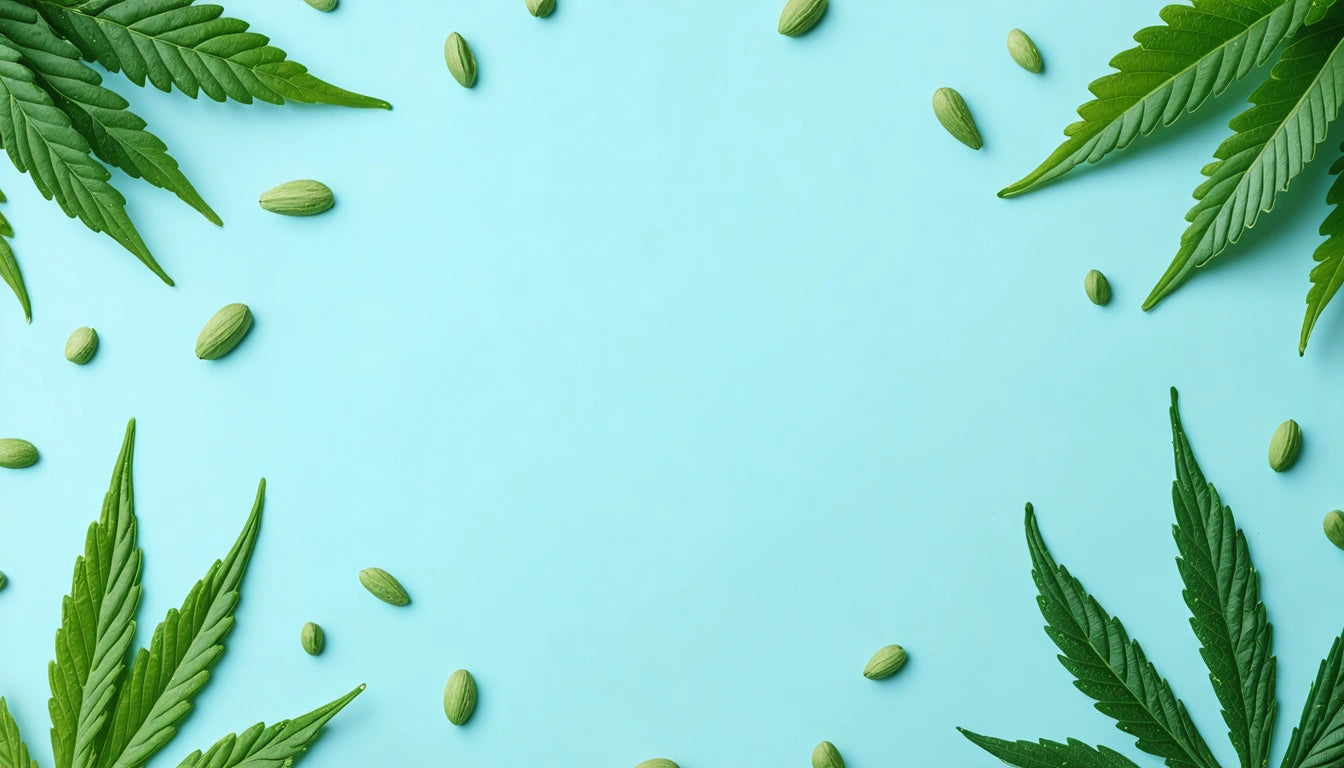Table of Contents
How Smoking and Vaping Affect Lung Health: Visual Insights
Understanding the visual impact of different smoking and vaping habits on lung health can provide powerful insights for both consumers and healthcare professionals. This comprehensive guide explores what cigarette smokers' lungs, weed smokers' lungs, and the lungs of someone who vapes actually look like, based on current medical research and clinical observations.
Appearance of Healthy Lungs: The Baseline
Healthy lungs appear pink, spongy, and elastic. Their surface is smooth and shiny, with visible blood vessels that appear as fine lines across the tissue. When examining healthy lung tissue microscopically, alveoli (tiny air sacs) are intact, allowing for efficient oxygen exchange. This baseline understanding is crucial when comparing the effects of various inhalation methods.
What Does a Cigarette Smoker's Lungs Look Like?
Cigarette smokers' lungs undergo dramatic visual changes over time. The most noticeable characteristics include:
- Dark, blackened appearance due to tar deposits
- Stiff, less elastic tissue that doesn't expand properly
- Thickened, inflamed airways
- Visible emphysematous changes (enlarged air spaces)
- Areas of scarring and fibrosis
These changes occur primarily due to the combustion of tobacco and paper, which releases thousands of chemicals including known carcinogens. The visual impact intensifies with smoking duration, with heavy long-term smokers showing the most severe discoloration and structural damage.
What Do Weed Smokers' Lungs Look Like?
The appearance of a pot smoker's lungs shares some similarities with tobacco smokers but with notable differences. Research on how smoking weed affects lungs shows that:
- Moderate darkening compared to cigarette smokers
- Increased mucus production in the airways
- Potential for large air pockets (bullae)
- Less severe overall discoloration than tobacco smokers
- Possible hyperinflation of air sacs
The visual differences between tobacco and weed smokers' lungs may be partially attributed to consumption patterns. While many cigarette smokers consume 20+ cigarettes daily, cannabis users typically consume less material. Additionally, when using properly packaged cannabis products in standard eighth-ounce quantities, users may be more conscious of their consumption rates compared to cigarette smokers.
However, separating fact from fiction regarding cannabis lung impact remains challenging due to fewer long-term studies compared to tobacco research.
Lungs of Someone Who Vapes: The Emerging Picture
The lungs of someone who vapes present a still-evolving clinical picture as vaping is relatively new compared to traditional smoking. Current observations include:
- Less visible darkening than combustible products
- Potential for oil-like deposits in some cases
- Possible inflammatory patterns different from smoking
- Evidence of cellular damage that doesn't match traditional smoking patterns
- Cases of acute lung injury with distinct appearance (EVALI)
Vaping-related lung appearance can vary significantly based on what substances are being vaped, the temperature settings used, and individual factors. The visual impact on lung tissue appears distinct from both tobacco and cannabis smoking in many respects.
Comparative Analysis: Tobacco vs. Cannabis vs. Vaping
When comparing what cigarette smokers' lungs look like versus what weed smokers' lungs look like versus the lungs of someone who vapes, several patterns emerge:
- Color changes: Tobacco causes the most severe blackening, cannabis shows moderate darkening, while vaping shows the least visible discoloration but may present unique patterns
- Structural changes: All three affect lung architecture, but through potentially different mechanisms
- Recovery potential: Tobacco damage is often more permanent, while some cannabis and vaping effects may show greater reversibility if use is discontinued
Comparative studies between weed and tobacco effects continue to reveal important distinctions in how these substances affect lung appearance and function.
Regardless of the substance, combustion itself creates harmful byproducts that can visibly alter lung appearance over time. The method of consumption may be as important as the substance being consumed.
Health Implications and Recovery Potential
Understanding what lungs look like after exposure to different substances has important implications for health and recovery:
- Cessation of smoking or vaping can lead to partial visual improvement in lung appearance
- The pink coloration may gradually return to some areas as tar and other deposits clear
- Structural changes like emphysema are less reversible than color changes
- Younger lungs show greater recovery potential than older lungs
- Combined use of multiple substances may create unique patterns of visual change
Understanding recovery potential provides hope for those who quit, as the lungs have remarkable healing capacity when given the opportunity.
For those concerned about lung health but who still choose to consume cannabis, exploring alternatives to smoking may help reduce visual and functional changes to lung tissue over time.
Future Research Directions in Respiratory Visual Assessment
As imaging technology advances, our understanding of what cigarette, weed, and vape users' lungs look like continues to evolve. Future research will likely focus on:
- Advanced imaging techniques that can detect changes earlier
- Longitudinal studies tracking lung appearance changes over decades
- Comparative analysis between different cannabis consumption methods
- Better understanding of vaping's long-term visual impact on lung tissue
- Personalized risk assessment based on genetic factors and consumption patterns
These visual insights into lung health provide powerful motivation for making informed choices about consumption methods and understanding the real physical impact of different inhalation habits.











Leave a comment
All comments are moderated before being published.
This site is protected by hCaptcha and the hCaptcha Privacy Policy and Terms of Service apply.